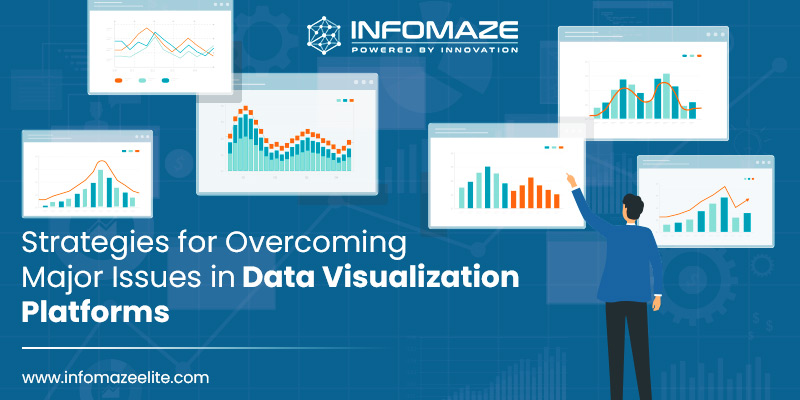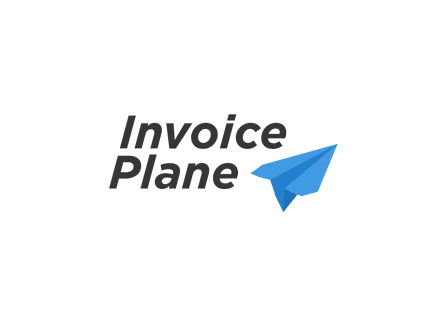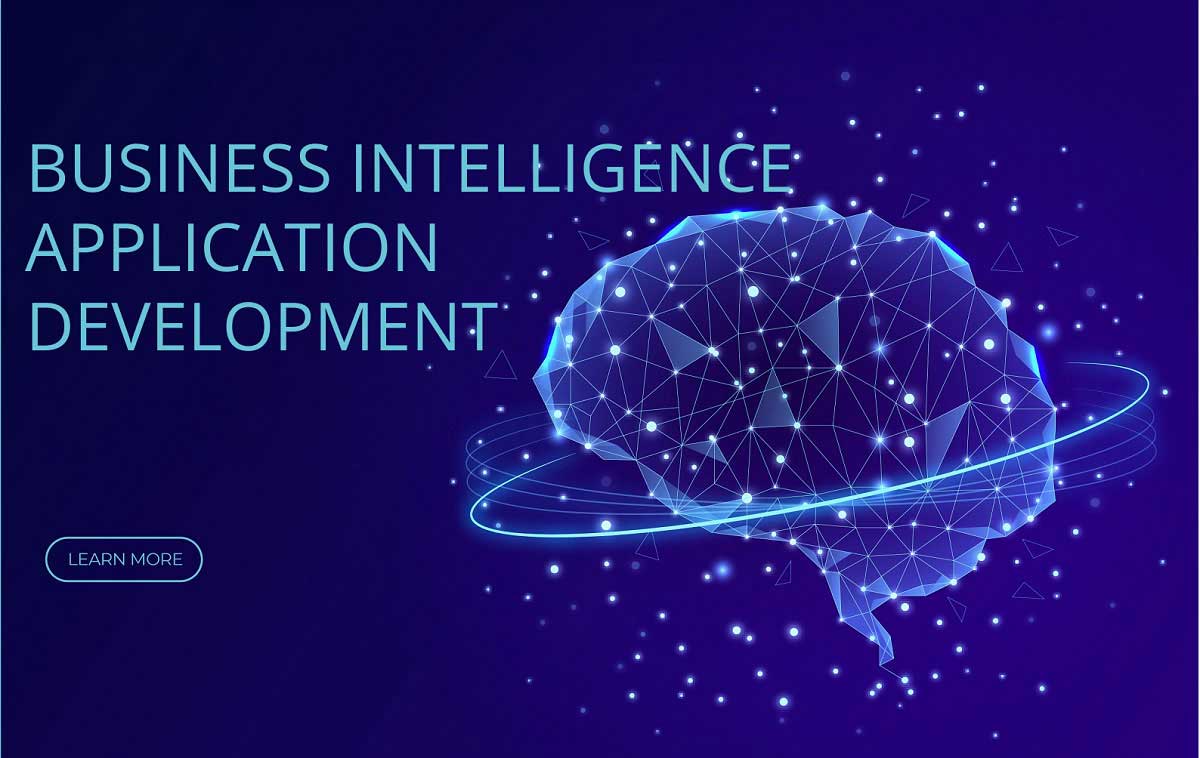How to Solve the Biggest Problems With Data Visualization
For any organization, data visualization is becoming more and more crucial. It provides statistics and other complicated information more concretely. Research and decision-making depend significantly on a deeper and greater understanding of data, which drives companies forward by boosting narratives and making concepts that are otherwise difficult to understand the obvious.
Let’s get to know all about data visualization solutions, common problems, and effective strategies to overcome these problems.
What are Data Visualization Solutions?
Software tools or platforms known as data visualization solutions, are made to streamline complicated datasets and provide understandable visual representations like graphs, charts, and maps.
These technologies make data exploration, analysis, and communication easier by offering interactive features and user-friendly interfaces. They help customers in finding trends, patterns, and insights in the data.
Customizable visualizations, tools for teamwork, and compatibility with several data formats are typical features. Solutions for data visualization are essential for ensuring that a wide range of users can access, understand, and use data.
What are Some Common Problems With Data Visualization Platforms?
-
Too Much Information :
When there’s excess information, the information becomes overwhelming and the whole data collapses and becomes one big data soup.
-
Misleading Color Contrast :
Colors play an important role in data visualization platforms. Even a slight change in the shades can evoke strong emotional responses. A problem with data visualization is that strong color contrast might lead viewers to see value differences as larger than they actually are.
-
Improper Usage of 3D Graphics :
2-dimensional and 3-dimensional figures have captured the minds of the viewers for centuries. But the problem is obstruction occurs when one 3d graphic partially blocks another and creates false hierarchies.
-
Biased Image Description :
Explaining the content of an image, such as a pie chart, becomes challenging when presented without proper context. If the image is merely a diagram with no accompanying information, viewers may find it difficult to understand. Biased image descriptions often come from the client’s end, leaving developers to address and resolve this issue.
-
Messy Pie Chart :
In the data visualization platform, a messy pie chart usually happens as a result of design decisions that compromise efficiency and clarity. Commonly occurring problems include the use of an excessive number of slices, crowded labeling, confusing color selections, or improper categorization.
Strategies for Overcoming Major Issues in Data Visualization Platforms

Data visualization is a powerful tool for thoroughly understanding complicated information. Here we have listed out the most common problems with data visualization platforms and the solution as well:
-
Solution for Cluttered or Complex Visuals
Make the images simpler. Eliminate unnecessary elements, provide clear labeling, and concentrate on the most crucial details. Consider breaking down the complicated illustrations into much easier to understand and small sections.
-
Misleading Visuals
When presenting data, misleading visuals may be created by using methods that falsify or misuse the facts. Frequently occurring hazards encompass crooked axes, skewed scales, or altered visuals. Wrong interpretations and conclusions could arise from such actions. Using the right visualization techniques and communicating any changes made are essential for ensuring accuracy and transparency and creating a more trustworthy and truthful representation of the data.
-
Lack of Context
Offering information and providing context makes it easier for viewers to comprehend its importance. Giving the audience context means explaining the significance, history, and implications of the information so they can grasp its broader meaning. Including benchmarks and comparisons helps convey a more comprehensive understanding of the presented information.
-
Choosing the Wrong Visualization Type
Choose the type of visualization that best reflects the data and the message you wish to convey. Each type of chart includes advantages and disadvantages, including pie charts, bar charts, line charts, and scatter plots. Consider the insights you want to provide and the type of data you have.
-
Solution for Ineffective Conveying of Message
Clearly state the narrative or point of view that you intend to convey using the information you have. Structure the information in your visualization so that your audience is guided through a logical flow. To provide context and insights, use captions and annotations.
-
Poor Color Choices
In data visualization, poor color selection refers to the use of colors that make information difficult to comprehend or misleading. Confusion, misunderstandings, and trouble identifying patterns in the data could result in it, which reduces the visualization’s overall efficacy.
-
Neglecting the Audiences
When it comes to data visualization, it is crucial to pay attention to the audience’s experience and expertise. Miscommunication can arise if images are not customized to their level of understanding. To effectively communicate with the audience, it is essential to take into account their level of expertise, avoid jargon, and ensure that the visualization is accessible and meaningful to them.
-
Ignoring Data Quality
In visualizing data, ignoring data quality involves neglecting cleaning, preprocessing, and validating data adequately. This omission can result in false conclusions and poor choices. Crucial actions include fixing incomplete or inconsistent data, ensuring accuracy, and transparently revealing limitations. Paying close attention to data quality improves visualization reliability, which builds user and stakeholder trust.
Case Study:
A client – pest control services provider – found it hard to calculate the profit they gain and plan their business accordingly. Infomaze provided a pest control management software that had a highly customizable dashboard. Settings contained many widgets and other calculations, including contract invoices with clear costing splitting plus profit.
This helped them prioritize the more profitable contracts and thus retain valuable clients. Customized reports also helped in other important decisions. Now is the time to apply data visualization to your business and get automated.
Conclusion on Data Visualization Solutions
A careful and repetitive strategy is necessary to properly handle data visualization issues. Prioritizing proper storytelling, streamlining graphics, and considering the audience’s viewpoint is crucial. Comprehending information is improved by ensuring its quality, contextualization, and the proper use of color.
Now you might be wondering why all this sounds like a lot to remember but don’t worry you have Infomaze to do that difficult work for you. Our team of expert developers will perfectly understand and analyze the problems and difficulties you face every day and offer you suitable data visualization solutions at an affordable price.
Hire data visualization developers from Infomaze today!
Categories
- Application Migration (8)
- BI (7)
- Case Study (24)
- CRM (8)
- Dot Net (7)
- Informational Blog (63)
- IT Help Desk (8)
- Microsoft 365 (2)
- Mobile Application (9)
- Offshore Development (10)
- Outsourcing Services (1)
- PHP (9)
- PowerBI (7)
- QuickBooks (6)
- ReactJS (4)
- SEO (13)
- SharePoint (3)
- Web Application (8)
- Zoho (11)
- Zoho Case Study (27)




Disclaimer: All rights belong to the owner. No Copyright or Trademark Infringement Intended.





